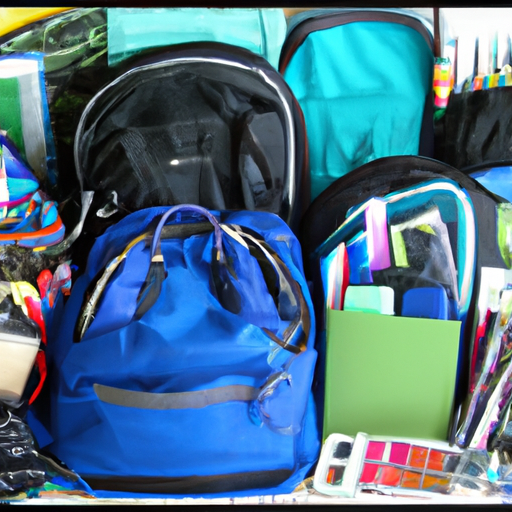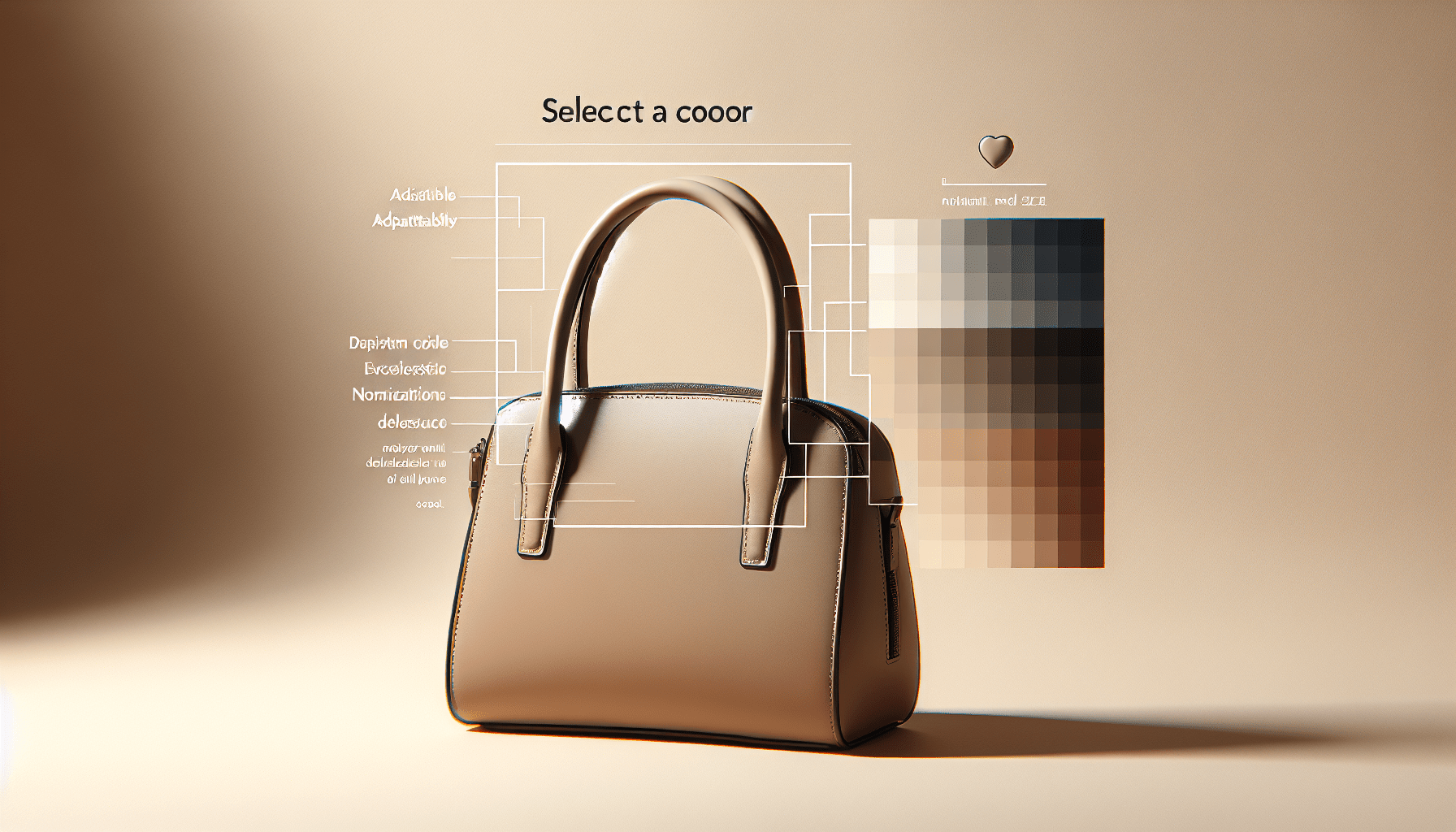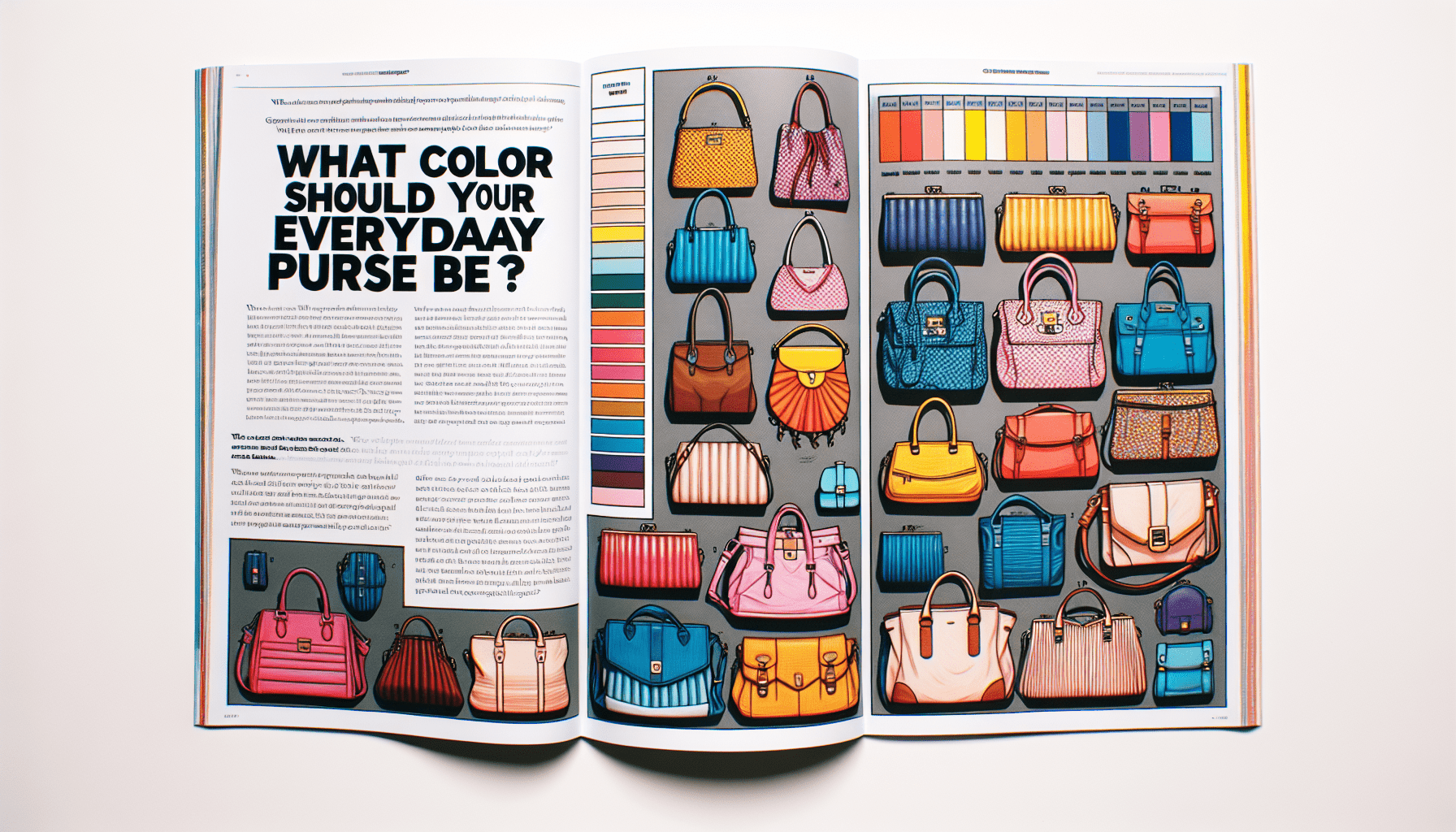How To Organize Your Backpack
Imagine this scenario: you’re preparing for an exciting weekend getaway with friends. As you pack your essentials into your backpack, you realize just how chaotic it looks. Items are jumbled together, making it difficult to find what you need. But fear not! In this article, we will guide you on how to organize your backpack effortlessly. From separating your belongings into designated compartments to utilizing space-saving techniques, you’ll soon have a neatly arranged backpack that not only looks great but also makes your life easier. Get ready to bid farewell to the days of rummaging endlessly for that elusive item buried at the bottom of your bag – it’s time to take control of your backpack organization!
Choosing the Right Backpack
When it comes to organizing your backpack, the first step is to choose the right one for your needs. Consider the size and capacity that will accommodate all your belongings comfortably. A backpack that is too small will leave you struggling to fit everything in, while a backpack that is too big might encourage overpacking. Finding the perfect balance is key.
Look for compartments and pockets in the backpack. These storage spaces are essential for keeping your items organized and easily accessible. Compartments can help separate different categories of items, such as electronics, toiletries, and clothing. Pockets are great for storing smaller items like keys and wallets, so they don’t get lost in the depths of your backpack.
Check for comfort features in the backpack, especially if you’ll be carrying it for long periods. Look for padded shoulder straps and a back panel that provides ventilation. A waist belt and sternum strap can distribute the weight more evenly, reducing strain on your back. Prioritizing comfort will make your travels much more enjoyable.
Sorting and Categorizing Items
To effectively organize your backpack, start by grouping items by purpose. This means keeping similar items together, such as electronics in one section, toiletries in another, and clothes in a separate area. By doing this, you’ll be able to find things quickly and reduce the chance of misplaced items.
Separate heavy and fragile items to prevent damage. Place heavier items at the bottom of your backpack to create a stable base. Fragile items, on the other hand, should be placed in padded compartments or wrapped in clothing for extra protection. Taking these precautions will ensure that your belongings remain intact throughout your journey.
Utilize packing cubes or bags to keep your items further organized. These nifty accessories come in various sizes and can be used to separate different categories of items within your backpack. Not only do they help maximize space efficiency, but they also make it easier to locate specific items without having to rummage through your entire backpack.
Maximizing Space Efficiency
When it comes to packing efficiently, placement is key. Start by placing larger items at the bottom of your backpack. This creates a stable foundation and prevents them from crushing smaller, more delicate items. Consider how each item can be stacked or laid flat to maximize space.
Utilize empty spaces and gaps strategically. These spaces often go unused but can be great for tucking in smaller items. For example, roll up a pair of socks and stuff them inside your shoes, or place a water bottle in the side mesh pocket. Being creative with empty spaces can save you a lot of room in your backpack.
Compression straps or cords are excellent for securing your belongings and reducing bulk. These straps, commonly found on the sides of backpacks, can be tightened to compress the contents and create a more streamlined shape. This not only saves space but also prevents items from shifting around during travel.
Creating a Logical Layout
Creating a logical layout within your backpack will save you time and frustration when searching for specific items. Start by determining the access frequency of each item. Items that you’ll need to access frequently, such as your phone or wallet, should be placed in easily reachable compartments or pockets.
Arrange frequently used items within reach. This means keeping them at the top or in front of your backpack for quick and easy access. Consider the order in which you’ll need to retrieve items throughout your journey and adjust their placement accordingly. Having a well-thought-out layout will make your travel experience much smoother.
Consider the weight distribution of your backpack. Distribute the weight evenly to prevent strain on your back and shoulders. Place heavier items closer to your back, while lighter items can be placed towards the front or outer compartments. This balanced distribution will ensure a comfortable and stable carry.
Organizing Electronics and Cables
Electronics and their accompanying cables can easily become a tangled mess if not organized properly. Use cable organizers or pouches to keep your cables neatly coiled and separated. These organizers come in various sizes and can be easily tucked into compartments or pockets, keeping your cables easily accessible and tangle-free.
Wrap cords neatly and secure them with cable ties or Velcro straps. This prevents them from getting tangled with other items in your backpack and saves time when it’s time to unpack. Keeping your cords organized also lessens the chances of them getting damaged or frayed, extending their lifespan.
Keep your electronics protected by using padded sleeves or cases. These provide a layer of cushioning that safeguards your devices from accidental bumps or drops. Opt for waterproof or water-resistant cases if you’ll be traveling in wet or unpredictable weather conditions. Protecting your electronics ensures they remain in good working condition throughout your journey.
Packaging Toiletries and Personal Items
Toiletries and personal items require special attention when organizing your backpack. Use leak-proof travel bottles to transfer your liquids. This prevents any unwanted spills or leakages that could damage your other belongings. Make sure to properly label each bottle to avoid confusion.
Separate liquids and gels in a clear bag as required by airport security regulations. This allows for easy screening and prevents any potential issues during security checks. Storing them separately also minimizes the risk of leaks contaminating other items in your backpack.
Organize personal items in a toiletry bag. These bags typically have multiple compartments and pockets, providing you with designated spaces for different items. This prevents them from getting mixed up and makes it easier to find what you need, without having to empty the entire contents of your backpack.
Managing Documents and Identification
Keeping your important documents organized and easily accessible is essential for stress-free travel. Keep them in a folder to protect them from creasing or getting lost. This folder should include your passport, travel insurance documents, itineraries, and any other important paperwork.
Use a passport or ID holder to keep your identification easily accessible. These holders not only protect your documents from wear and tear but also provide additional pockets for other essentials like credit cards or boarding passes. Having everything in one place streamlines the check-in and security process.
Carry a digital backup of your important documents. This can be in the form of electronic copies stored on your phone or a cloud storage service. In case of any mishaps, having a backup ensures that you still have access to your essential information and can easily replace any lost or stolen documents.
Packing Clothes Efficiently
Packing clothes efficiently can save a significant amount of space in your backpack. Roll clothing items instead of folding them. This method not only prevents creases but also allows you to fit more items in a smaller space. Rolling also makes it easier to spot specific clothing items without having to unpack everything.
Utilize packing cubes or compression bags to further optimize space. These accessories compress your clothing, reducing bulk and creating a more organized pack. Group similar items together in different cubes or bags for quick and easy outfit selections during your trip.
Plan outfits and pack accordingly. Instead of throwing in random clothing items, take the time to plan your outfits for each day. This minimizes the chances of overpacking and ensures you have everything you need for each specific activity or occasion. Planning ahead also eliminates any unnecessary decision-making during your trip.
Securing Valuables and Essentials
Security is paramount when traveling, and securing your valuables and essentials is crucial. Keep your valuables in a hidden pocket, such as one located on the inside of your backpack or in a concealed compartment. This makes it less likely for would-be thieves to spot and steal your valuable items.
Consider using a small padlock to secure your backpack. This adds an extra layer of protection and deters potential thieves. Locking your backpack also gives you peace of mind when leaving it unattended in public places or shared accommodations.
Organize your important items in a small pouch. This can include your passport, wallet, keys, and any other essentials that you’ll need to access frequently. Having them in one designated pouch makes it easier to keep track of them and reduces the chances of misplacing or losing them.
Maintaining Order during Travel
During your travels, it’s important to maintain order within your backpack to avoid unnecessary stress and frustration. Regularly clean and declutter your backpack to get rid of any unnecessary items or trash. This keeps your backpack organized and prevents items from getting lost or damaged.
Ensure that items are returned to their designated places after use. This prevents your backpack from becoming chaotic and ensures that everything has its own spot. Take a few minutes each day to tidy up your backpack and maintain the organization you established at the beginning of your journey.
Inspect your backpack for wear and tear. Check the zippers, seams, and straps for any signs of damage or weakness. It’s better to address these issues early on to prevent any further damage and ensure the longevity of your backpack. Investing in repairs or a new backpack if needed will save you from unexpected headaches during your trip.
Organizing your backpack doesn’t have to be a daunting task. By following these tips and implementing a systematic approach, you’ll be able to maximize space, keep your items easily accessible, and maintain order throughout your journey. Remember, an organized backpack means a stress-free and enjoyable travel experience.




